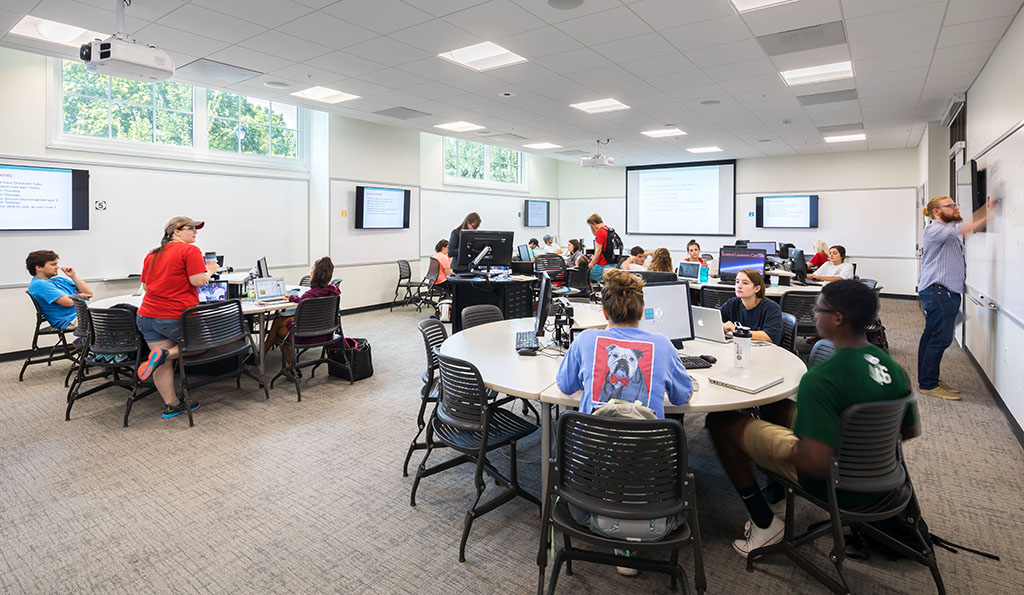The next step in the educational pipeline is frequently the justification for today’s practices. “In 5th grade we do it this way, because middle school is coming!” Several years later we hear, “We do it this way because that’s what they’ll expect in high school!” At the end of the line, it seems the choices of university faculty must leave ripples deep into the student experience. What do we actually see from observation of university instruction? The report surprised us both!
In episode 009, Laurence and I considered how a curricular specialist position would be received at various levels of education. I asked the internet about this hypothetical and got some interesting responses from collegiate professors. We discussed some comments in episode 013’s Peer Review, and then kicked the topic over to Reddit. I took the general tone to be one of push-back. If professors don’t want to allow outside input to influence their course design, I wondered how their decision making process did look.

Analysis of North American Observation
To get an answer we turned to a recent report published in Science of collegiate professor practice that collected observation data across the continent. Using robust protocols, researchers used classroom observation. Researchers observed and classified teaching practices in STEM classrooms across the North American continent. We got tons of interesting information from their observation: lecture is prominent but is far from having a monopoly, mathematics courses are (probably surprisingly) the least likely to implement didactic lecture styles, and instructional patterns are remarkably stable as course number increases (gets more difficult).
While we found this publication super interesting, one of the findings discussed late in the paper brought us back to our question of supporting and improving higher education practice. The researchers used observations to classify instruction methods, and for many classes they observed multiple times. They found that instruction methods often varied between observations. We must observe teaching three or more times before we get a reliable sense of how a classroom runs.

Stains, M., Harshman, J., Barker, M. K., Chasteen, S. V., Cole, R., DeChenne-Peters, S. E., … & Levis-Fitzgerald, M. (2018). Anatomy of STEM teaching in North American universities. Science, 359(6383), 1468-1470.
Drop-In Support Is Fundamentally Ineffective
The results suggest that transient support, like the yearly visits from administrators we often get in K-12 education, are just a waste of time. Whether they catch you on your worst day or your best, they don’t have enough information to even estimate what it’s like for you on a day-to-day basis. This reinforces our discussion this month of the immense value of extended collegial mentoring/partnering. I think our Reddit commenters are correct: curricular specialists can’t work in a top-down format. However, an extended working relationship is required to generate effective feedback to instructors.
This post is from our stoppage time. Two Pint PLC tapes a lot more than what you hear in a month, and sometimes an entire segment gets cut to make room for really compelling content on one of the other topics. We always record three parts, so this segment is my (Michael Ralph) reflection on the conversation you missed.